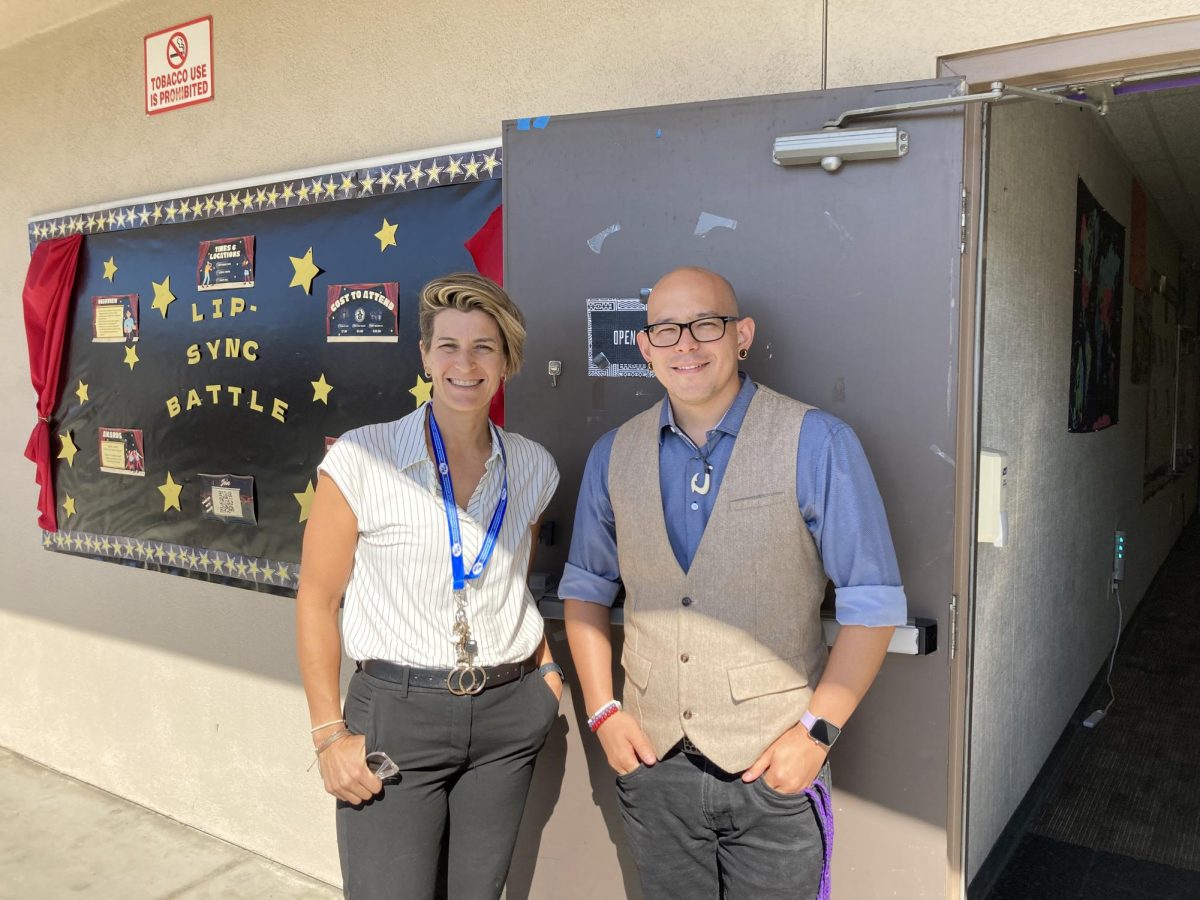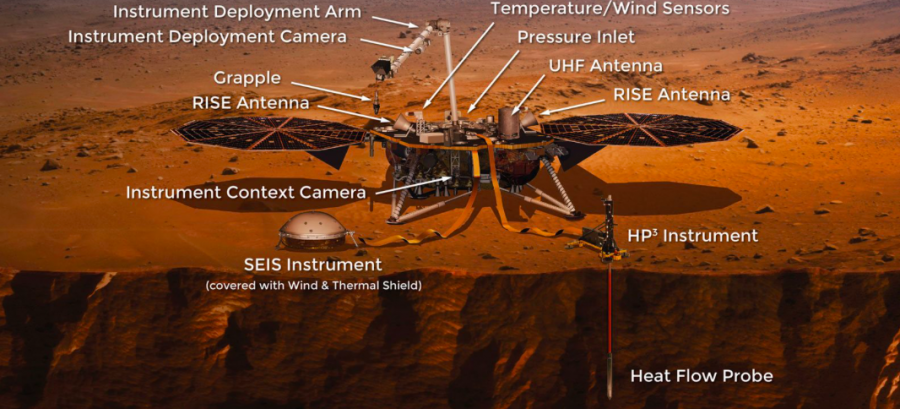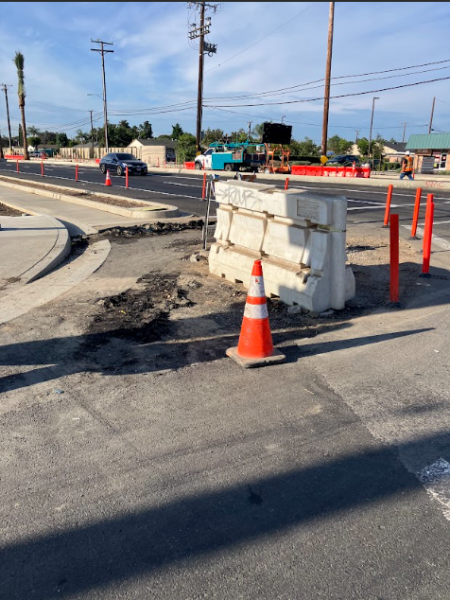NASA’s mission to inner Mars
3…2…1… Blast off. On May 5 2018, NASA launched the first outer space robotic explorer to study the inner parts of Mars. A lander with many firsts, it is the first to be launched from Vandenberg Air Force Base on the central coast of California, which is quite a spectacle because most missions to other planets are launched at the Kennedy Space Center. The journey is almost 301 million miles away from Earth. The rocket, Atlas V-401, left Earth carrying Insight and will take an approximated six months to reach Mars. Mission Insight (Interior Exploration Using Seismic Investigations, Geodesy and Heat Transport) decided to launch the lander at Vandenberg Air Force Base instead of NASA’s Kennedy Space Center because Atlas V-401 was strong enough to launch South towards the sea. Launching the spacecraft at the Kennedy Space Center would mean that it would go East and would have to catch the momentum of Earth’s eastward rotation and since, the spacecraft is very powerful , scientists found it unnecessary.
Duringthe pre-launch, there were four phases that the NASA team carried out. According to NASA’s official Insight website , Phase A is structuring the concepts and requirements while the team delegated new members. Phase B goes over the preliminary design and the development of the technology needed. Then, the team began to build and construct the spacecraft itself, which is Phase C. The spacecraft was tested in its birthplace, Denver, CO, during Phase D. Once the spacecraft arrived in California there was still a lot more to prepare for before the launch.
Fortunately, launched on its very first window, it was launched at 4:05 a.m. PDT. Atlas V-401 is one of the biggest rockets for interplanetary flight. It is similar to the rocket that launched the Mars Reconnaissance Orbiter in 2005.
Several days after its launch, the engines began to fire up to the flight path. 60 days from the entry of the Martian atmosphere, the cruise phase will begin with the separation of Insight, which is safely guarded inside its protective Aeroshell. The cruise phase entails health checks, monitoring subsystems, navigation activities, and maintain communication with Insight.
The Approach phase is to make sure that the landing is a successful one. This phase has intense communication with the spacecraft. Updates and adjustments are very necessary in this phase so Insight can go in the right direction. The Deep Space 34 meter and 70 meter antennas help keep track of the lander.
When the Insight lander finally reaches Mars, it enters at a high velocity of 14,100 mph. Insight’s mass entering Mars is about 1300 pounds and will land at an elevation of 4,900 feet. It will land during the Northern hemisphere Autumn on Mars when dust storms begin to turn global. After one minute of landing, the surface operations begin. 16 minutes after the motors begin working , Insight unravels the solar panels, which it is powered by. Insight’s mission will last about one Martian year, which is two Earth years. It will take about 10 weeks to complete the placement of all the equipment. A heat probe will deploy completely at the 17 week mark after that the lander stays in place and collects data.
In an interview with Mrs. Groff I picked up on some insight. Mrs. Groff drove up to Vandenberg at the break of day to see the launch. She could not be at the launch site because it is a military base and it was top secret. The marine layer made it very difficult to see , but she could hear it. “You could hear rumbling like a Dolby theater, so loud it was unbelievable– all we could do is hear it, ” she said, “ I will never forget it for the rest of my life.” She was excited to see it so close and would want to see other people interested in Astrobiology. She remembers that people used to be so interested in launches and now that curiosity is dwindling away. When I asked what she would like to see she replied with, “ I hope they find microbes.” She elaborated by saying, “ We had a hostile environment, so it took a long time to see some form of life.” In the next months, we will find out, hopefully, how Mars’s core, crust, and mantle is compared to ours. We may find microbes or if someday it might be habitable. While it won’t be what we see in movies, the advancement in technology has gotten us into a sea of exploration. An exploration that will expand our knowledge of the big unknown universe.

Fun Facts:
I learned how to swim at 17.
I like Dad jokes. "How do you make a Kleenex dance? Put a boogie in it."
I also like Fallout.





































